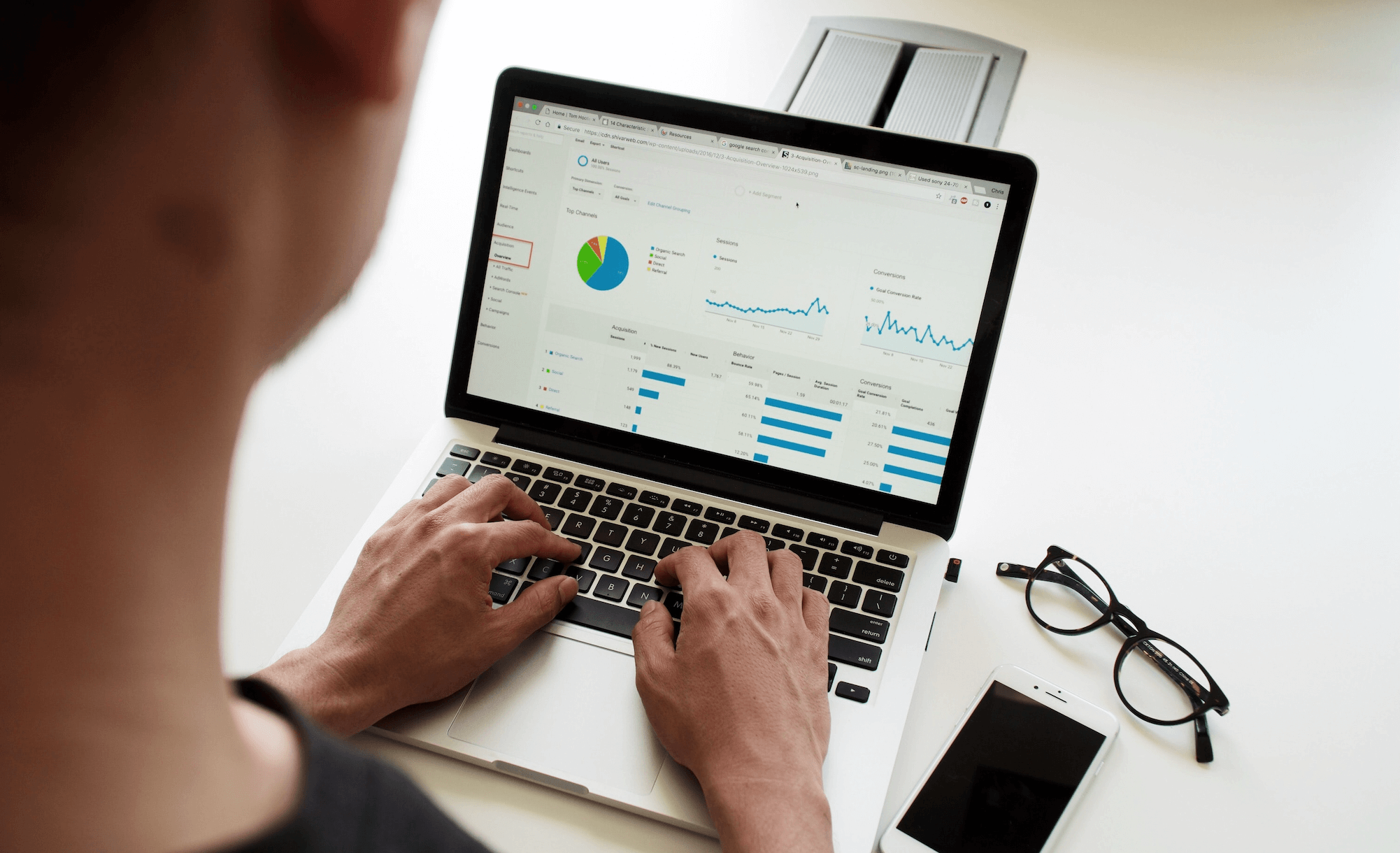Is Universal Analytics going away? The short answer is yes. Google is preparing to sunset Universal Analytics (UA) on July 1, 2023.
Its successor, Google Analytics 4 (GA4), promises deeper insights through machine learning, privacy-friendly data gathering and event-based analytics, to name a few.
The shift will bring quite a few changes. Not only will you need to learn to navigate the new platform and understand new data sets, but you'll also need to manually initiate the transition of your Universal Analytics property to GA4.
If it sounds overwhelming, it's okay! This guide will walk you through everything you need to know for a successful GA4 Upgrade.
Table of Contents
- The Difference Between Universal Analytics and GA4
- Why Google is Switching to GA4
- What You Need to Do
The Difference Between Universal Analytics and GA4
The GA4 upgrade has one major differentiator, and it’s that the analytics are all event-based. This means it can more accurately track interactions on your website in real-time. For example, GA4 considers the following actions as “events”:
- Downloads
- Pageviews
- Link clicks
- Add-to-cart actions
- Form submissions
- Etc.
Universal Analytics relies on the user starting a “session” by visiting a webpage before collecting any data. Because the GA4 data model unifies all of a user’s interactions, you reap the benefits of event-based information like:
- More accurate data collection
- The ability to track micro conversions
- The ability to track a user across devices
- Increased flexibility for tracking custom events
- The ability to craft DIY custom reports
Why Google is Switching to GA4
Google’s Director of Chrome Engineering, Justin Schuh, explains that as users demand more privacy, transparency, choice and control over how their data is used, Google must evolve to meet these demands.
Because Universal Analytics relies on browser cookies to retrieve and process data, Google needed to explore alternative methods. In January 2020, Google announced its decision to phase out third-party cookies.
Shortly after, in October 2020, GA4 officially launched, and it spoke to a future where brands can collect marketing analytics data and easily adhere to shifting privacy regulations.
What You Need to Do
Moving from UA to GA4 is a fairly straightforward process that involves setting up a new Google Analytics 4 property and linking it to an existing Universal Analytics property. Keep in mind that this will not migrate any data between the two properties, but it will import your tracking configurations and preferences.
We recommend working with an experienced Google Analytics partner to ensure a smooth transition. But if you're comfortable managing the process yourself, here's a quick overview of what you need to do:
Step 1: Backup your data
It’s unlikely that you’ll need your data backup files, but a good rule of thumb when starting any major process is to back up your data. You can do this in two ways: either by using the GA Data Export API or by downloading a raw data export from BigQuery (if you're already using it).
Once you have your data, it's time to export your configurations.
Step 2: Export your configurations
The easiest way to get this process going is to use the GA4 Setup Assistant. Go to “Admin” and find the Setup Assistant under “Property.”
Starting the Setup Assistant will prompt you to create a new Google Analytics 4 Property. Note that this process creates a new property that will not contain any of your site’s historical data. This is why it’s a good idea to enable data collection now, so by the time UA is phased out, you will have several months or even a year of data already recorded in GA4.
Step 3: Compare notes
The GA4 Setup Assistant does most of the legwork; running it will help you create a GA4 property, but it’s up to you to check its work. Maintaining your Universal Analytics account will help you compare data sets and start adjusting to the new analytics models at a gradual pace.
Take some time to flip between UA and GA4 to see what’s different and start familiarizing yourself with the new features and report styles.
What's Next?
Now that you understand the basics of the GA upgrade, you might be wondering what's next. Here are a few resources we recommend to help you make the most of GA:
- The Google Analytics Academy offers free courses on all things Google Analytics, including GA basics and advanced concepts.
- The Google Analytics Help Center is a great resource for troubleshooting any issues you might have with your account.
We know the GA transition can be daunting, but we hope this guide makes the process a little bit easier to understand.
If you have any questions or need help migrating your data, our team is always here to lend a hand! Connect with us at 949-416-2043 or shoot us a message through our Contact Page.


